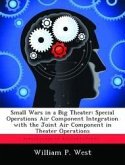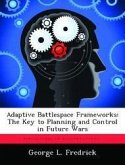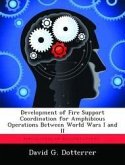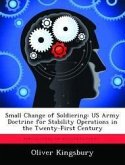This paper examines the effects of peace operations on the warfighting capability of U.S. Army combat forces. It focuses upon operations in the Sinai, Somalia, Haiti, Macedonia, and Bosnia, and relies upon survey data, unit status reports, interviews, historical accounts, after action reports, and other sources. If properly exploited, peace operations can provide valuable preparation for future wars. Such operations exercise a broad set of capabilities--particularly in the areas of command and control, planning, logistics, deployment, intelligence, and small unit tasks--that are essential to effectiveness across the range of military operations. Their strongest potential contribution to readiness lies in the cultivation of human factors, such as self-discipline, initiative, decision-making ability, leadership skills, unit cohesion, and endurance. Moreover, their contribution to endurance appears to be duplicated by no other form of peacetime training. A view nevertheless persists that peace operations detract from the Army's primary mission. This view is rooted in a paradigm of readiness that assumed its present form during General William E. DePuy's tenure at U.S. Army Training and Doctrine Command. The paper assesses the strengths and weaknesses of this paradigm and suggests an alternative that better accounts for human and other factors integral to readiness.
Bitte wählen Sie Ihr Anliegen aus.
Rechnungen
Retourenschein anfordern
Bestellstatus
Storno








